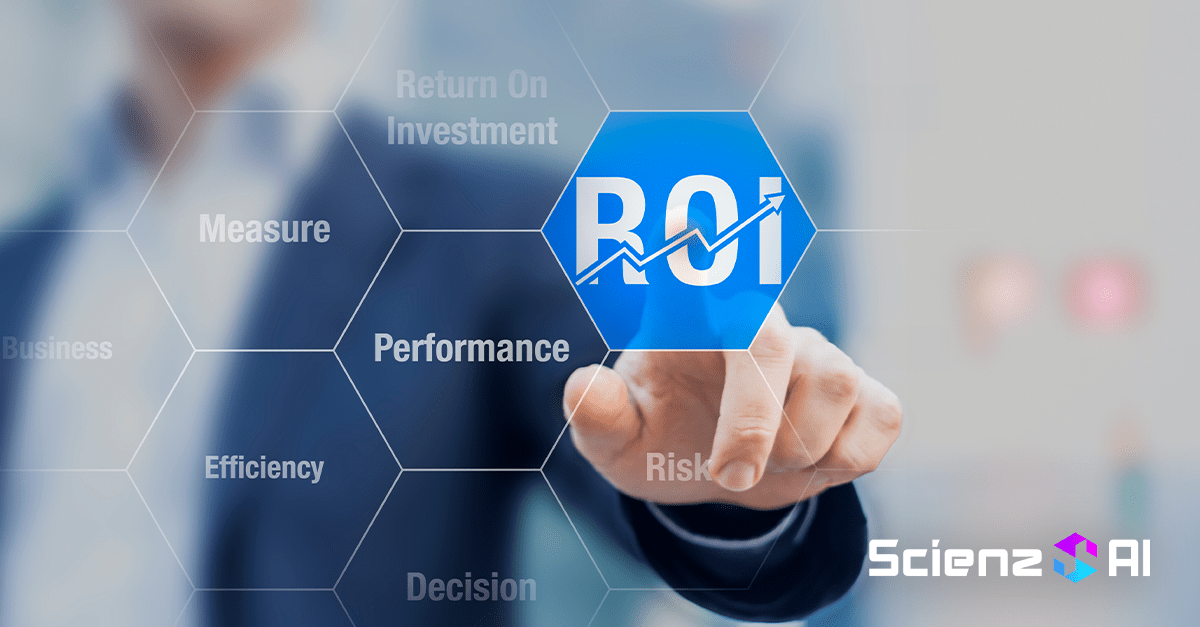Businesses continue to face headwinds ranging from rising inflation to changing customer expectations. Marketing departments are often hardest hit by these circumstances, on top of the challenges they already face with market competition and upping their productivity and efficiency.
The first quarter of 2024, for example, yielded mixed results for marketers: ad spend rose and hit double digits for the first time since March 2022 in January and February; many technology and retail firms, though, reeled with layoffs as ad spend tightened; and giants like IBM, Google, and TikTok cut their marketing and advertising teams.
Here’s where high-return marketing tactics with generative AI enter the picture.
With profitability a priority in a rocky economic climate, marketers need a combination of low-cost marketing solutions and high-return strategies that will enable them to reach key audiences and attract new leads and business.
What a GenAI Marketing Strategy Looks Like
In a GenAI marketing strategy, artificial intelligence can deliver the following:
- Rapidly gather, analyze, and interpret data. This agility provides real-time actionable insights, allowing marketers to get up-to-date data and information, be more efficient, and deliver high returns on advertising spend.
- Monitor and identify trends. Marketers must continue to stay abreast of consumer behaviors amid unpredictable trends and the ever-changing nature of consumer movements and preferences. AI can assist marketing teams in leveraging sentiment analysis and forecasting patterns, so they can be agile, take immediate action, and respond to evolving market trends and behaviors.
- Personalize marketing campaigns. During rocky earnings season, marketers can stand out from the competition by establishing closer ties with the target audience – identify them and their needs and deliver. GenAI fosters hyper-personalization not just in content creation, customer analysis, and product recommendations, but also in email campaigns and intelligent automation.
AI-Driven Marketing Efficiency and Other High-Return Tactics
Marketers can get their feet wet by doing three things as a start: understand which areas can be automated, establish attainable marketing objectives, and assess the team’s willingness to adopt AI.
Some small yet meaningful steps include:
- Examine the marketing team’s daily activities, determining which ones are time guzzlers and require manual effort. These tasks could include audience segmentation, performance tracking, and data mining.
- Categorize the tasks into operational and strategic. Try to automate operational tasks to free up staff time for creative and strategic pursuits. Apply the 80-20 rule when looking at tasks for AI automation: those that take up 80 percent of the time but contribute just 20 percent to results.
- Roll out well-defined objectives when integrating AI tools. This could be personalizing the customer experience, optimizing content, or refining ad expenditure.
- Equip the marketing team with AI tech know-how. Audit existing skills in the team, and then invest time and budget in training them for AI proficiency. Encourage a learning and collaboration-driven environment.
When the Going Gets Tough, the Marketer Gets Going
Besides considering performance-driving, lower-funnel campaigns (those with tighter budgets especially need to prove their campaigns work), marketers can look at what the bigger organizations are doing.
Adobe is open about its use of GenAI in marketing, saying in its Q1 2024 earnings call that it is harnessing AI to “imagine, ideate, create, and deliver content” across multiple channels. Procter and Gamble, on the other hand, said AI tools are producing $200 to $300 million in savings, particularly around productivity.
In tough economic conditions, integrating GenAI into existing processes and strategies can keep marketers on the path of profitable growth. But for this to happen, experts harp on the need to upskill marketing staff and get them well-equipped to use and benefit from AI capabilities.




